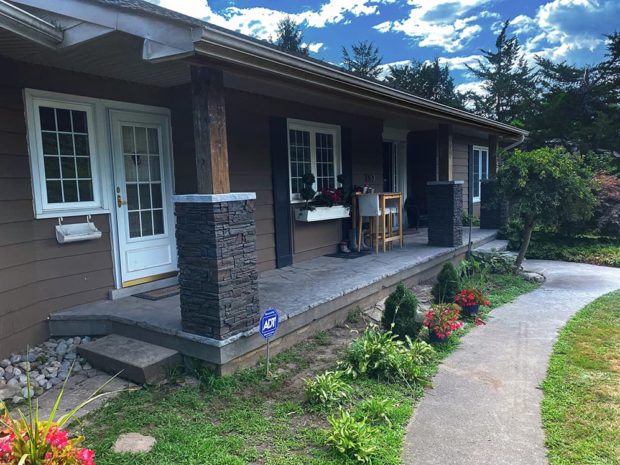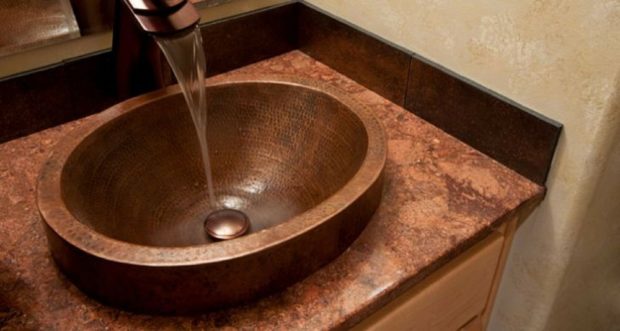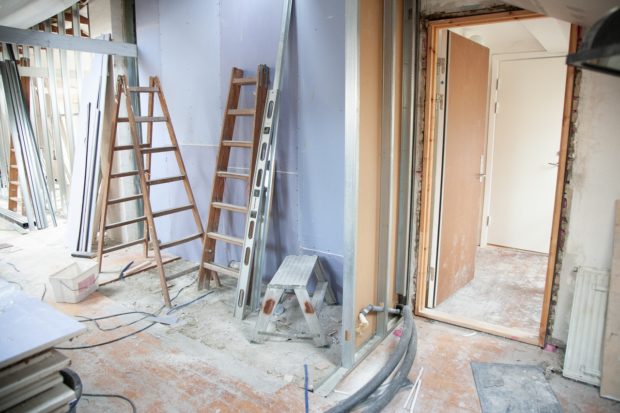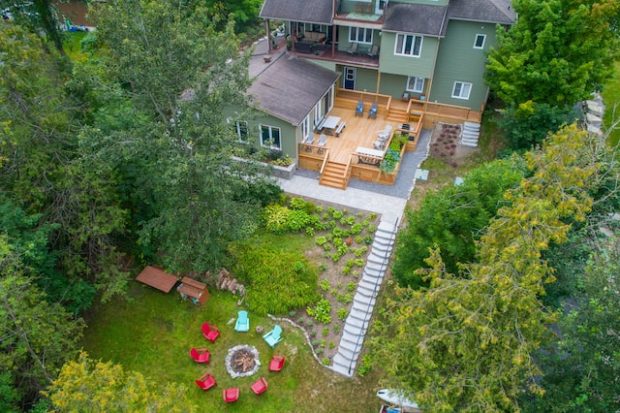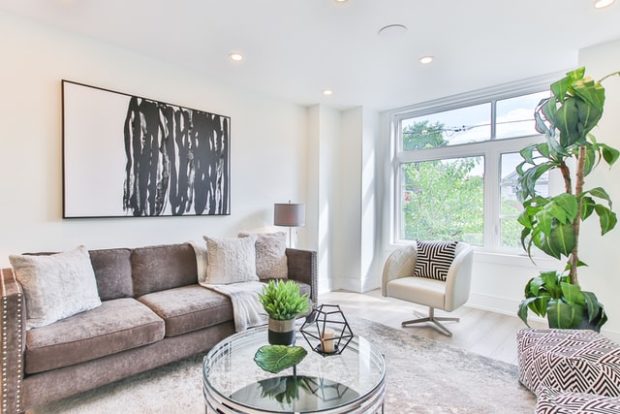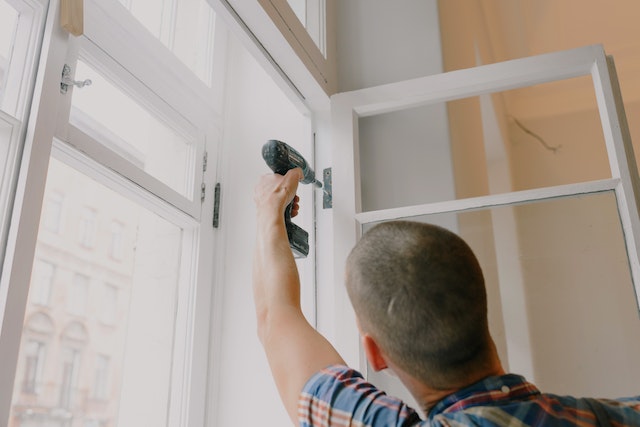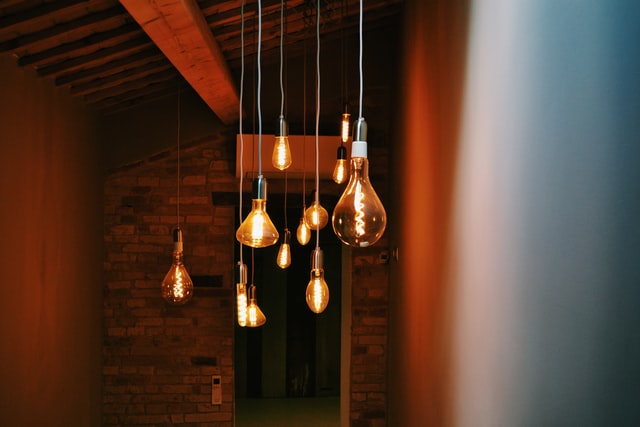Building homes requires creativity, skills, and expertise that radiates charm and happiness to bring to life the place where you’ve made memories. However, homeowners and architects face different challenges when creating a design embodying beauty and sustainability.
One factor that severely impacts a home’s design is climate change. Today, homeowners need designs and materials that are sustainable and eco-friendly.
Read on and learn how construction professionals uncover the secrets of addressing issues in creating a beautiful and sustainable home.
Why is Sustainability Important?
Before we delve into the nitty-gritty, let’s learn why sustainability is vital in the construction industry.
Sustainability is a specific concept of meeting our needs today without risking the future generation’s ability to meet their needs. In attaining sustainability, you must ensure that economic development balances with environmental protection.
In the construction industry, sustainability recognizes the importance of the product’s overall design, materials, and the various tests and certifications it passed to ensure that the product will last and positively impact the world we live in and its people.
Simply, sustainability is a holistic approach that covers every stage the product goes through – from its foundations to installation. Integrating sustainability into any construction project’s architectural design means employing energy-efficient solutions with minimal carbon emission.
5 Ways to Create a Beautiful and Sustainable Home
Have you tried checking your home to uncover the green truth within your walls? If not, let’s dive deep into it and unlock the secrets of a beautiful home that respects the environment!
Although finding your home’s environmental footprint might seem complicated, it is not. You can assess your home’s environmental impact through these factors!
Monthly Energy BillCheck your monthly expense for power consumption to understand your energy consumption patterns. Do you see excessive or fluctuating energy usage? If there are, you may need to schedule a tech visit to check your HVAC units and appliances and see if you need a new one installed.
1. Water Consumption
Homeowners often overlook their monthly water consumption when transforming their homes into sustainable places to stay. But do you know that water consumption is a primary culprit for failing the sustainability test?
So, if your water bills have discrepancies, quickly identify their cause to prevent wasting them. Check for leaky faucets or faulty sinks and toilets and install low-flow fixtures if needed, as these minor adjustments can go a long way in conserving water and reducing your monthly bill.
2. Indoor Air Quality Checkup
A home is where you can comfortably relax with your family, meaning it must be a sanctuary of clean and healthy air. Start evaluating your heating and cooling systems and your home’s ventilation. Check and clean their filters to prevent air pollution from affecting your household’s health.
However, only use an environment-friendly cleaning product to enhance your home’s indoor air quality and create a beautiful and healthier living environment for your family. One way of keeping the air healthy is by employing access doors such as the airtight BA-ACF-2064 Flush Steel Acoustical Access Door, which is ideal for HVAC installations. It can help minimize air leakage, which may affect your month-end energy bill.
3. Choosing the Right Materials
When building or renovating your home, you must choose sustainable materials to reduce your carbon footprint throughout your life cycle. Consider sourcing materials with LEED certification or highly durable materials with low embodied energy.
You may also consider using reclaimed or recycled materials or highly sustainable alternatives to create a beautiful and gentle home on Earth.
4. Reduce Your Household’s Single-Use Plastics
Without a doubt, single-use plastic is a notorious waste villain. Thus, opt for reusable alternatives such as eco-friendly bags. Keep at least one in your purse or have it ready in your car and utilize it when shopping.
Also, dispose of those one-time-use water bottles and start using glasses, tumblers, and other handy water storage that you can always use to refill water wherever you go.
Another single-use plastic that you need to let go of is the straws. Instead, use metal or bamboo-made straws to reuse them when needed.
5. Creating a Sustainable Landscape
Building a garden can also help make your home sustainable. The plants, specifically the trees, which also serve as shades, can help control the incoming air temperature cool.
However, if you plant trees in your yard or flowers and other plants, always choose local ones as they are more adaptive to the place’s climate. Also, they only require less water.
What Sustainable Materials Do You Need?
Now that you have a quick overview of what you need to consider to create a sustainable home start investing in eco-friendly materials and appliances. Look for access doors and panels that are LEED-certified and have high-insulation value.
They are good at preventing warm air from the outside from causing temperature fluctuation. Aside from access panels, you may utilize your windows, skylights, and other types of ventilation to reduce your monthly power bill. Investing in eco-friendly appliances is also essential to keep your home sustainable.
Utilizing low-flow faucets and reducing your water consumption by 15 percent will also benefit you. It can reduce your water consumption and lower your monthly water, which will help you improve your financial freedom.
Also, it would be best to complement the low-flow faucet with other water-saving methods for a more sustainable lifestyle that your household can easily follow.
Final Thought
Balancing sustainability and charm is the best way to design beautiful homes that adapt efficiently to climate change. Thanks to the construction professionals, engineers, and architects for their collective work in finding the best innovative solution.
Thus, if you plan to transform your home, utilize natural materials, sustainable design principles, and ways to create a beautiful home that respects the environment build homes that harmonize with the environment.

